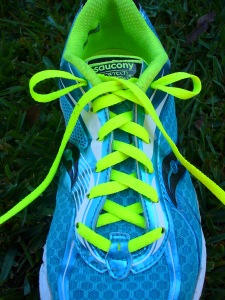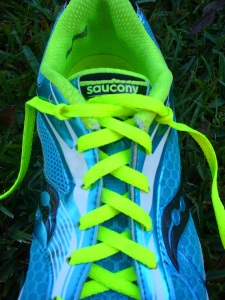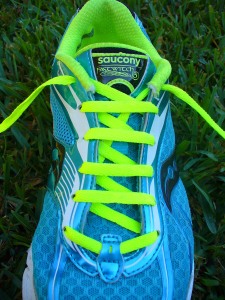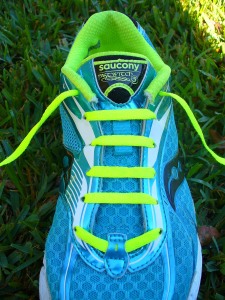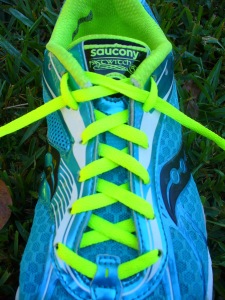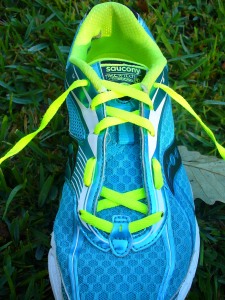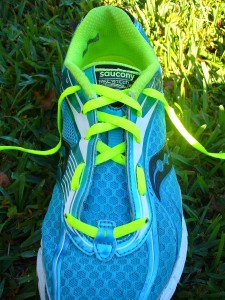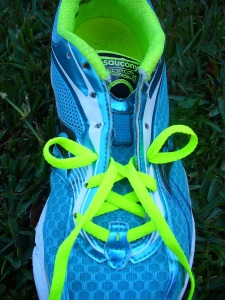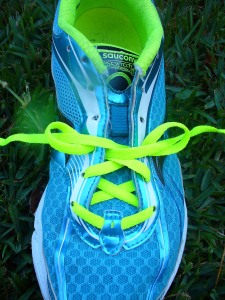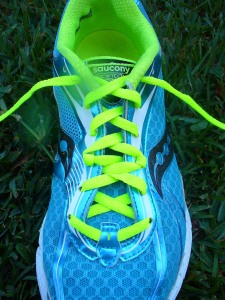Best part of these side dishes, I can have a grown up portion instead of one tiny bite.
Whipped Cauliflower
Ingredients
1 medium head cauliflower
1 tablespoon cream cheese, softened
1/4 cup grated Parmesan
1/2 teaspoon minced garlic
1/8 teaspoon straight chicken base or bullion (may substitute 1/2 teaspoon salt)
1/8 teaspoon freshly ground black pepper
1/2 teaspoon chopped fresh or dry chives, for garnish
3 tablespoons unsalted butter
Directions
Set a stockpot of water to boil over high heat.
Clean and cut cauliflower into small pieces. Cook in boiling water for about 6 minutes, or until well done.
Drain well; do not let cool and pat cooked cauliflower very dry between several layers of paper towels.
In a bowl with an immersion blender, or in a food processor, puree the hot cauliflower with the cream cheese, Parmesan, garlic, chicken base, and pepper until almost smooth.
Garnish with chives, and serve hot with spray butter.
Hint: Try roasting the garlic and adding a little fresh rosemary for a whole new taste.
Chef: George Stella
Recipe courtesy George Stella
Read more at: http://www.foodnetwork.com/recipes/mock-garlic-mashed-potatoes-recipe.html?oc=linkback
Orange-Cranberry Sauce
Ingredients
3/4 c sugar
2 oranges, zest and fruit, discard pith and membrane
2 c cranberries, fresh or frozen
1/4 t cinnamon, ground
pinch cloves, ground
Directions
Remove the zest from the two oranges using a zester or a small knife.
Place the zest, sugar, and 3/4 cup of water into a saucepan.
Bring to a simmer and cook for 5 minutes.
Add cranberries and continue to cook until the cranberries start to pop, about 2 minutes.
Add the oranges and spices to the mixture.
Stir until mixture is combined.
Serve hot or cold.
Tip
If you like you cranberry sauce more like jelly, transfer entire mixture to the bowl of a food processor.
Great on oatmeal, Greek yogurt, spread on your turkey sandwich
Fat free chicken dinner by placing in crock-pot with chicken, Lipton onion soup mix, & fat free Catalina dressing and cook till tender.

Ingredients
Directions
Remove the zest from the two oranges using a zester or a small knife.
Place the zest, sugar, and 3/4 cup of water into a saucepan.
Bring to a simmer and cook for 5 minutes.
Add cranberries and continue to cook until the cranberries start to pop, about 2 minutes.
Add the oranges and spices to the mixture.
Stir until mixture is combined.
Serve hot or cold.
Tip
If you like you cranberry sauce more like jelly, transfer entire mixture to the bowl of a food processor.
Great on oatmeal, Greek yogurt, spread on your turkey sandwich
Fat free chicken dinner by placing in crock-pot with chicken, Lipton onion soup mix, & fat free Catalina dressing and cook till tender.

Roasted Squash Soup
Studies
have shown that starting a meal with a broth-based soup can fill you
up, so you eat fewer calories over the course of a meal. This soup gets a
boost of flavor from cilantro pesto, but there's very little fat in
this version. TIP: Roast the squash ahead of time and freeze it.
Your oven will be full on Thanksgiving, and this will save you some
valuable time.Ingredients
Soup
1 T olive oil
1 c onions, chopped fine
1 large butternut squash, approx. 3 lbs
4 c low sodium chicken stock
1 orange
1/2 c orange juice
Garnish
1/2 bunch cilantro, fresh, leaf only
1/4 c unsweetened coconut, flake
1/4 c unsweetened coconut, flake
1 orange (zest, juice, and fruit)
1 Serrano chili pepper
Directions
Preheat oven to 375 degrees. Peel, halve, and remove the seeds
from the squash. Dice into 3/4 inch cubes. Spray a roasting pan with
nonstick cooking spray, add cubed squash, and spray the top of the
squash. Roast 20-25 minutes or until squash is tender. Remove from
oven. Place oil in a dutch oven or medium size saucepan. Sauté the
onion in the oil over moderately low heat, stirring, until it is
softened. Add the squash and stock; cook the mixture, covered, over
moderately low heat for 10 minutes. Add the orange zest and the juice;
simmer the mixture, uncovered, for 10 minutes. Using a blender or food processor,
purée the mixture in batches. (For a smoother texture, strain the soup
through a sieve, but you'll remove some of the fiber.) In a blender or
food processor, blend the coconut, hot pepper, cilantro, orange juice
and flesh until mixture forms a puree. If mixture is too thick, add
warm water to thin it. Ladle the soup into soup cups and garnish each
serving with about a teaspoon of the pesto.
Makes 8 one cup servings.
Makes 8 one cup servings.




